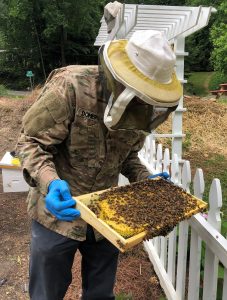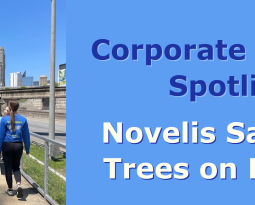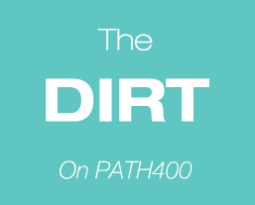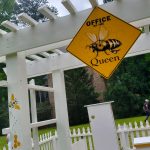“Bee” a good neighbor to your nearby honeybees
As you may have already seen, we have an exciting new addition to the North Buckhead neighborhood: three honeybee hives! One of the hives is an observation hive that includes a special Plexiglas viewing window, which allows enthusiasts to get a peek inside to observe how a hive functions. The bee habitat is located at 684 Mountain Drive, just across the street from Mountain Way Common.
This project was funded by a grant from Buckhead Rotary and was completed in partnership with Doc’s Healing Hives, a non-profit organization that introduces veterans to beekeeping to help them heal through the experience of managing their own bee hives.
 The 411 on bees
The 411 on bees
Now we know what you may be thinking… bees! Aren’t they dangerous to be around? Not to worry, and we’re here to set the record straight. Honey bees are typically very gentle insects. They only sting when provoked – unlike the much more aggressive yellow jacket, which is what most people get stung by. Honey bees die when they sting, so they only use their stingers as a last resort when needed. This can happen if they are swatted or stepped on.
Livable Buckhead is excited for this bee habitat to serve as an educational opportunity to showcase how vital bees are to our ecosystem. Honey bees provide one of the most recognizable ecosystem services: pollination, which makes food production possible. As pollinators, honey bees play a part in almost every aspect of the ecosystem by supporting the growth of trees, flowers, and other plants. Without them, our gardens would be bare and our plates empty.
Protect pollinators from pesticides
So how can you be a good neighbor to our new friends in the area? One of the biggest things you can do to protect nearby pollinators is limit their expose to pesticides. When we spray for insects using pesticides, we greatly affect our neighboring honey bees. That’s because when a honey bee comes into contact with an insecticide while foraging, it transports it back to its hive and contaminates the colony.
If possible, do not spray blooms directly with pesticides. If the bloom needs to be sprayed, apply the pesticides in the evening hours. Honey bees forage during daylight hours, then return to their hives for the evening as the sun begins to set. Spraying pesticides in the evening hours can greatly reduce honey bee mortality because the bees are not in the fields. Using less toxic pesticides that degrade rapidly is also important.
Choosing the appropriate formulation is another way to avoid honey bee pesticide kills. Solutions, emulsifiable concentrates, and granulars are the best formulations to use. Solutions and emulsifiable concentrates dry quickly and do not leave a powdery residue, unlike the dusts and wettable powders. Granulars are similar to dusts but are larger in particle size.








